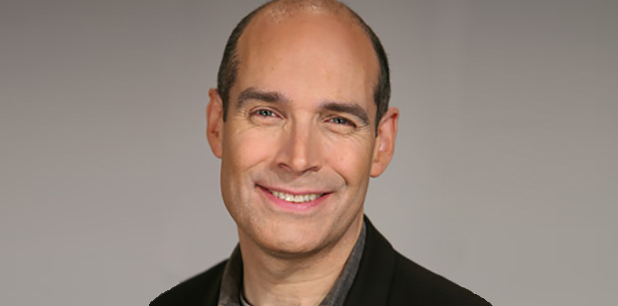A great neighborhood is hard to define, and wonderful to find.
Neighborhoods aren’t legally described geographic locations, like towns; rather, they are a subjective combination of the geographic and the psychological. By intuition and common consensus, people just agree that an area with shared traits is a neighborhood.
Shared Great Traits
Experts do agree on the common characteristics of great neighborhoods though. They are walkable, safe, healthy, mass-transit oriented and diverse. Also, they offer excellent public amenities—like schools and parks—and a healthy mix of retail and residential. In other words, neighborhood residents can walk to locally owned stores and visit with friends along the way, commute easily to work, socialize with young and old, and find excellent educational and recreational opportunities.
For a perspective on what makes our neighborhoods so liveable, we talked to WTTW’s Chicagoland expert Geoffrey Baer, who grew up in Highland Park and Deerfield. “I rode my bike or walked everywhere; including the library, Gsell Pharmacy and Lang’s Shoes in Highland Park, and Toy Castle and Dick Longtin Sports Huddle in Deerfield.” Baer particularly lauds Highland Park’s vision in developing Port Clinton Square to counter the effect of malls like Northbrook Court.
In 2011, after many happy adult years living in the Chicago neighborhood of Lincoln Square, which he calls the “model urban neighborhood,” Baer moved with his wife and two daughters to Evanston.
“Someone told me that the suburbs are built around the worship of children,” Baer says with a grin. “They’re right!”
Baer cites his new location as an example of a consensual neighborhood. “All the homes border a small park. Every year somebody just updates the list and we have a progressive dinner. Every week we have an open softball game in which anyone, and I mean anyone, can play.”
Other Favorite Neighborhoods
- Evanston and Highland Park include many great neighborhoods, according to Baer. He also sees the following as examples of highly livable communities:
- Lake Forest near Market Square, which was designed by Howard Van Doren Shaw and build in 1916 to look and feel like a town square.
- Glencoe, probably originally named Coe’s Glen after early leading citizen Matthew Coe, where many homes are close to a charming town and train transportation.
- Highwood, which feels like the Little Italy or Bridgeport neighborhoods in Chicago, with dining and entertainment influenced by its Italian settlers and Fort Sheridan roots.
- Ravinia, which was once an artist’s community, with homes melded into the ravines and bluffs. Ravinia Park was built by the railroad as an amusement park, and later featured concerts by rock musicians like Janice Joplin.
The Future of Our Communities
Great neighborhoods can be made even better. Thanks to “Go To 2040,” a 21st century Daniel Burnhamesque-master plan to improve the livability of all metropolitan Chicago communities, which is being developed by Chicago Metropolitan Agency for Planning, (CMAP) they should continue to progress.
Bob Dean, deputy executive director for local planning at CMAP, describes several programs currently underway that should improve northern suburban neighborhoods, including “a sustainable food system project in Lake County and an active transportation plan that will improve and connect walking and biking paths in Wheeling.” For more on these initiatives, click here.
But in the end, it’s the people who live, work and play in a community that make it great. We’re thankful for our neighbors, and proud to share these wonderful, livable spaces with all of you.

